Rising Demand for Quality Assurance
The Tablet Hardness Testers Market is witnessing a rising demand for quality assurance in pharmaceutical production. As consumers become more health-conscious, the emphasis on product quality has intensified. Pharmaceutical companies are increasingly recognizing the importance of ensuring that their products meet high standards of hardness, which directly impacts the efficacy and safety of medications. This trend is further supported by the growing competition in the pharmaceutical sector, where companies strive to differentiate themselves through superior product quality. As a result, the market for tablet hardness testers is expected to expand, with manufacturers investing in advanced testing technologies to enhance their quality assurance processes. The increasing focus on quality is likely to drive market growth in the coming years.
Expansion of Pharmaceutical Manufacturing
The Tablet Hardness Testers Market is benefiting from the expansion of pharmaceutical manufacturing facilities worldwide. As emerging markets continue to develop their pharmaceutical sectors, there is a growing need for reliable testing equipment, including tablet hardness testers. This expansion is driven by factors such as increasing healthcare expenditures and a rising prevalence of chronic diseases, which necessitate the production of more pharmaceutical products. Consequently, manufacturers are likely to invest in advanced hardness testing solutions to ensure that their products meet the required quality standards. The market is projected to experience robust growth as new manufacturing facilities are established, further driving the demand for tablet hardness testers.
Increased Focus on Research and Development
The Tablet Hardness Testers Market is also influenced by an increased focus on research and development (R&D) within the pharmaceutical sector. Companies are investing significantly in R&D to develop new formulations and improve existing products. This focus on innovation necessitates rigorous testing of tablet hardness to ensure that new products meet safety and efficacy standards. As pharmaceutical companies strive to bring new drugs to market, the demand for reliable hardness testing equipment is likely to rise. Furthermore, the trend towards personalized medicine and tailored drug formulations may further drive the need for advanced tablet hardness testers. The R&D investments are expected to contribute positively to the growth of the market in the foreseeable future.
Regulatory Compliance and Quality Standards
The Tablet Hardness Testers Market is significantly influenced by the need for regulatory compliance and adherence to quality standards. Regulatory bodies such as the FDA and EMA impose strict guidelines on pharmaceutical manufacturing processes, including the testing of tablet hardness. This necessitates the use of reliable hardness testers to ensure that products meet the required specifications. Companies that fail to comply with these regulations may face severe penalties, including product recalls and loss of market access. Consequently, the demand for high-quality tablet hardness testers is expected to rise as manufacturers seek to avoid compliance issues. The market is likely to see an increase in sales as companies prioritize investments in testing equipment that meets regulatory requirements.
Technological Advancements in Tablet Hardness Testers
The Tablet Hardness Testers Market is experiencing a surge in technological advancements that enhance the precision and efficiency of hardness testing. Innovations such as automated testing systems and digital interfaces are becoming increasingly prevalent. These advancements not only streamline the testing process but also improve data accuracy, which is crucial for pharmaceutical manufacturers. The integration of software solutions that allow for real-time data analysis is also gaining traction. As a result, companies are likely to invest in these advanced testing solutions to ensure compliance with stringent quality standards. The market for tablet hardness testers is projected to grow at a compound annual growth rate of approximately 5% over the next few years, driven by these technological improvements.


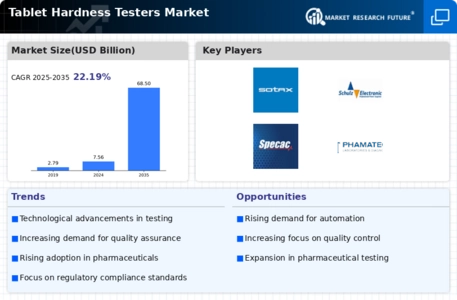
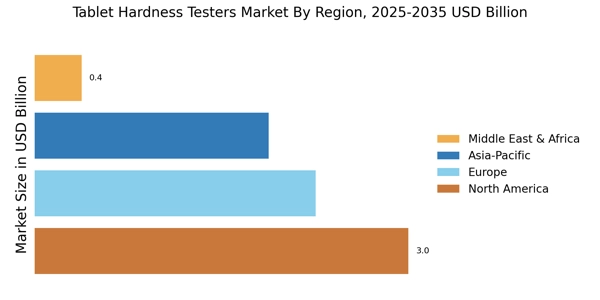
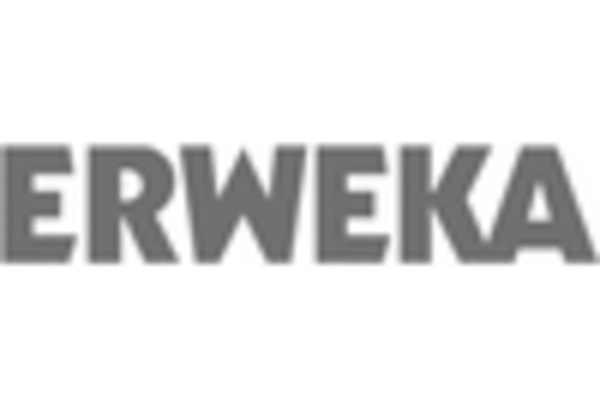
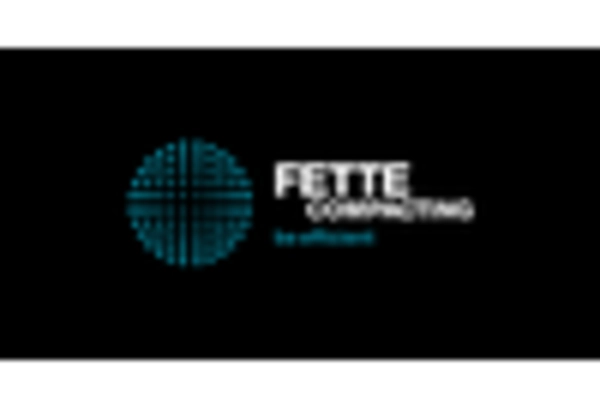
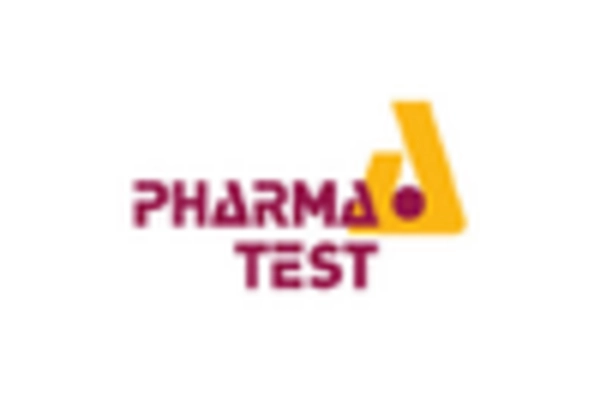

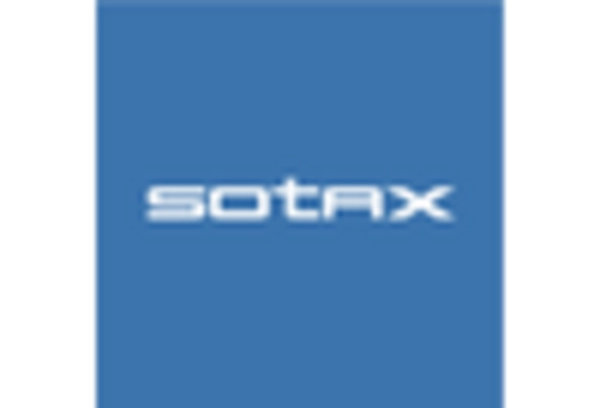
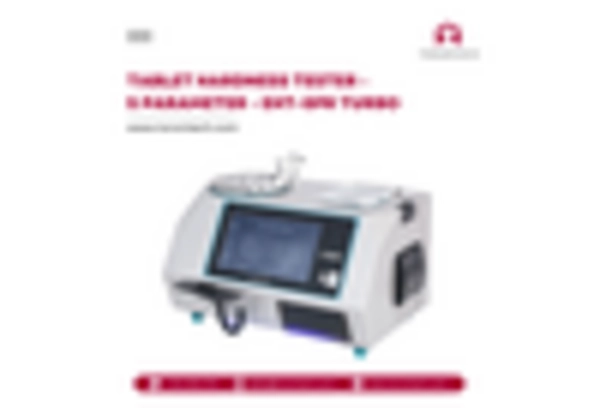








Leave a Comment